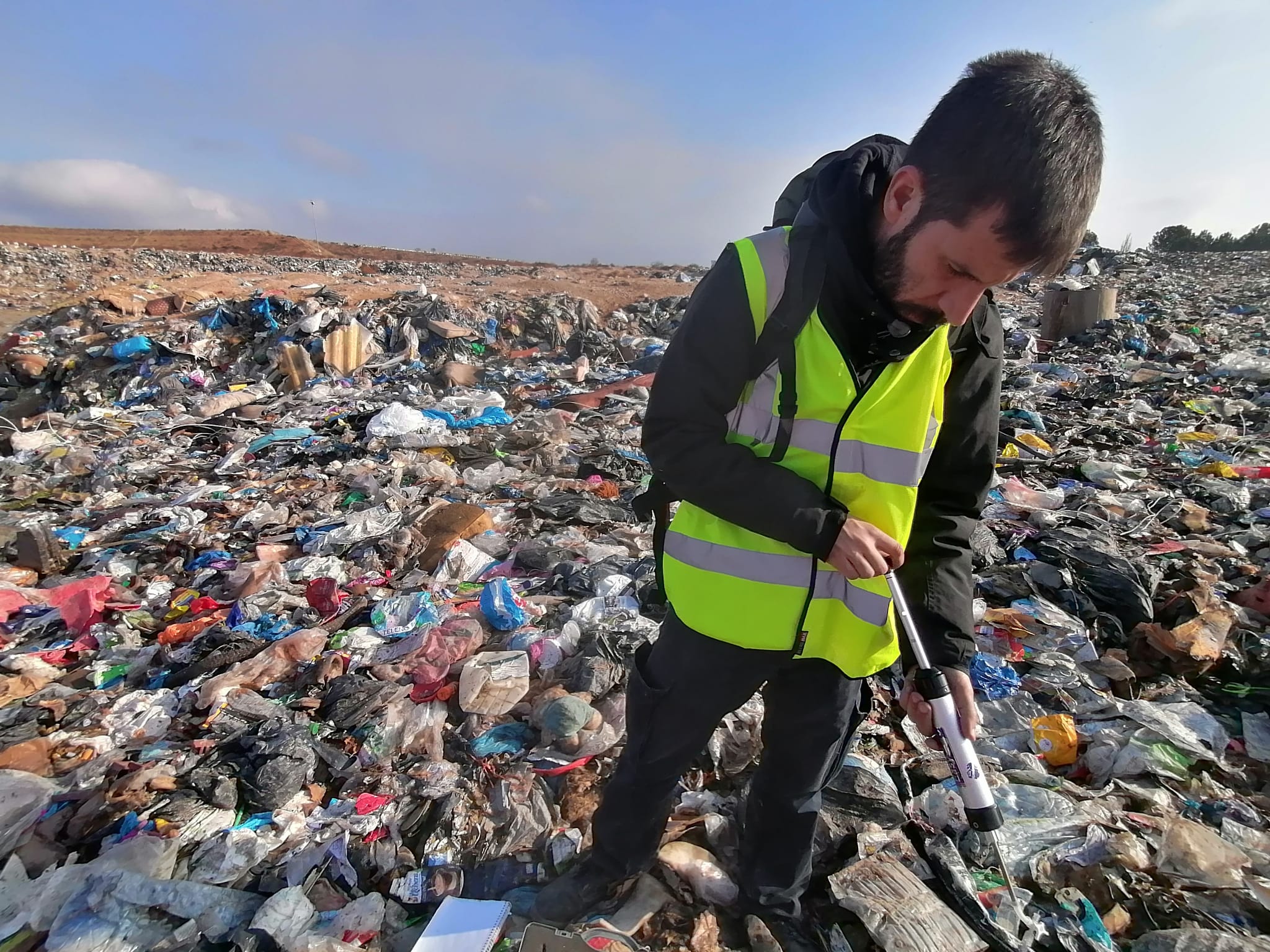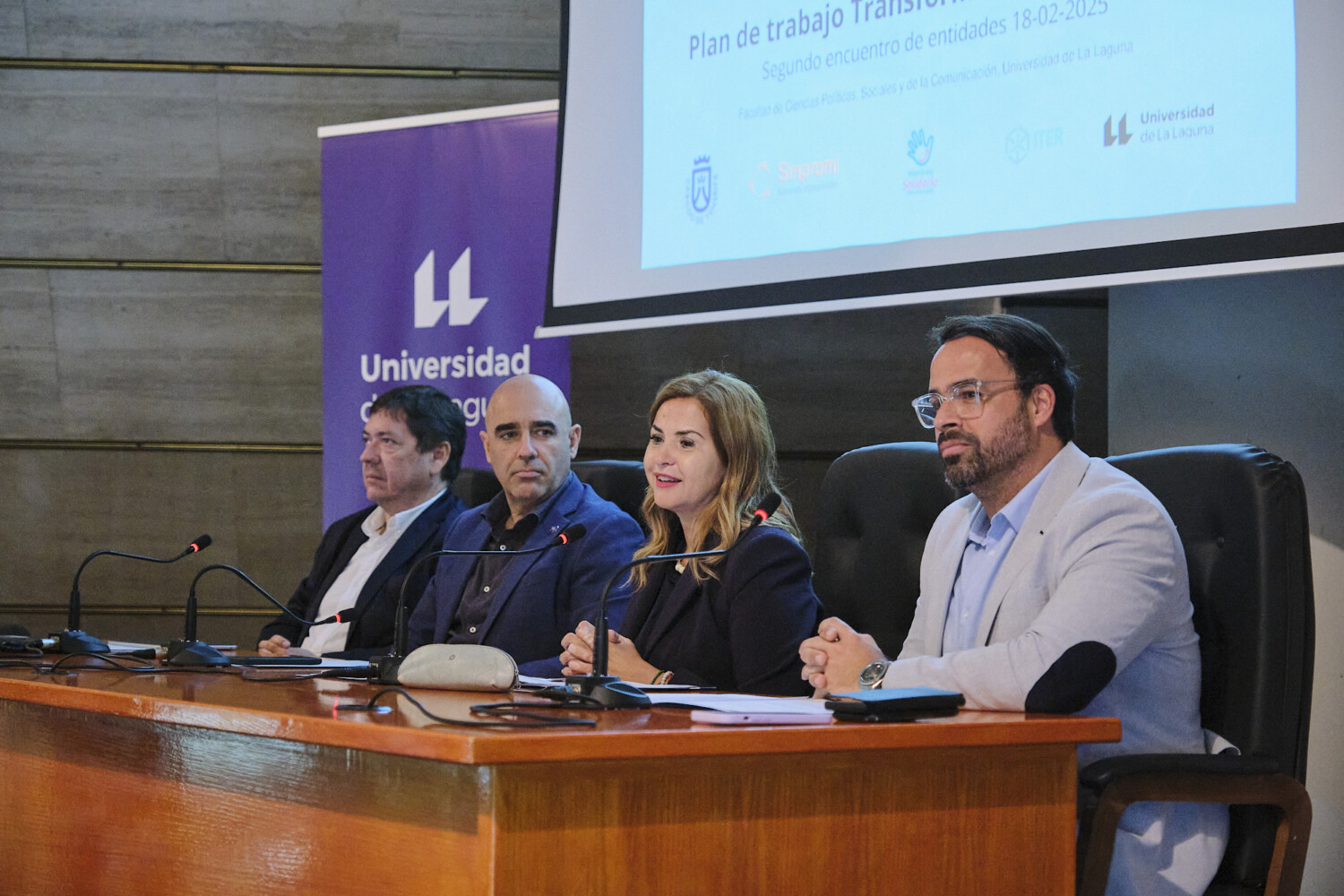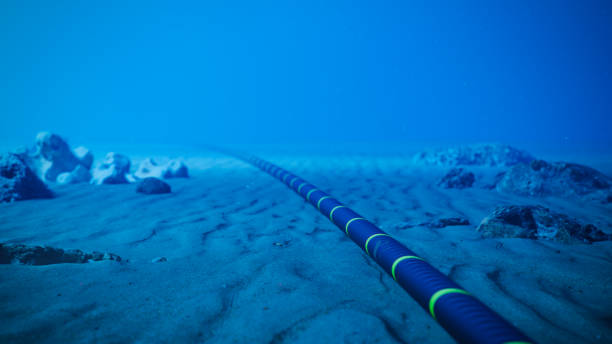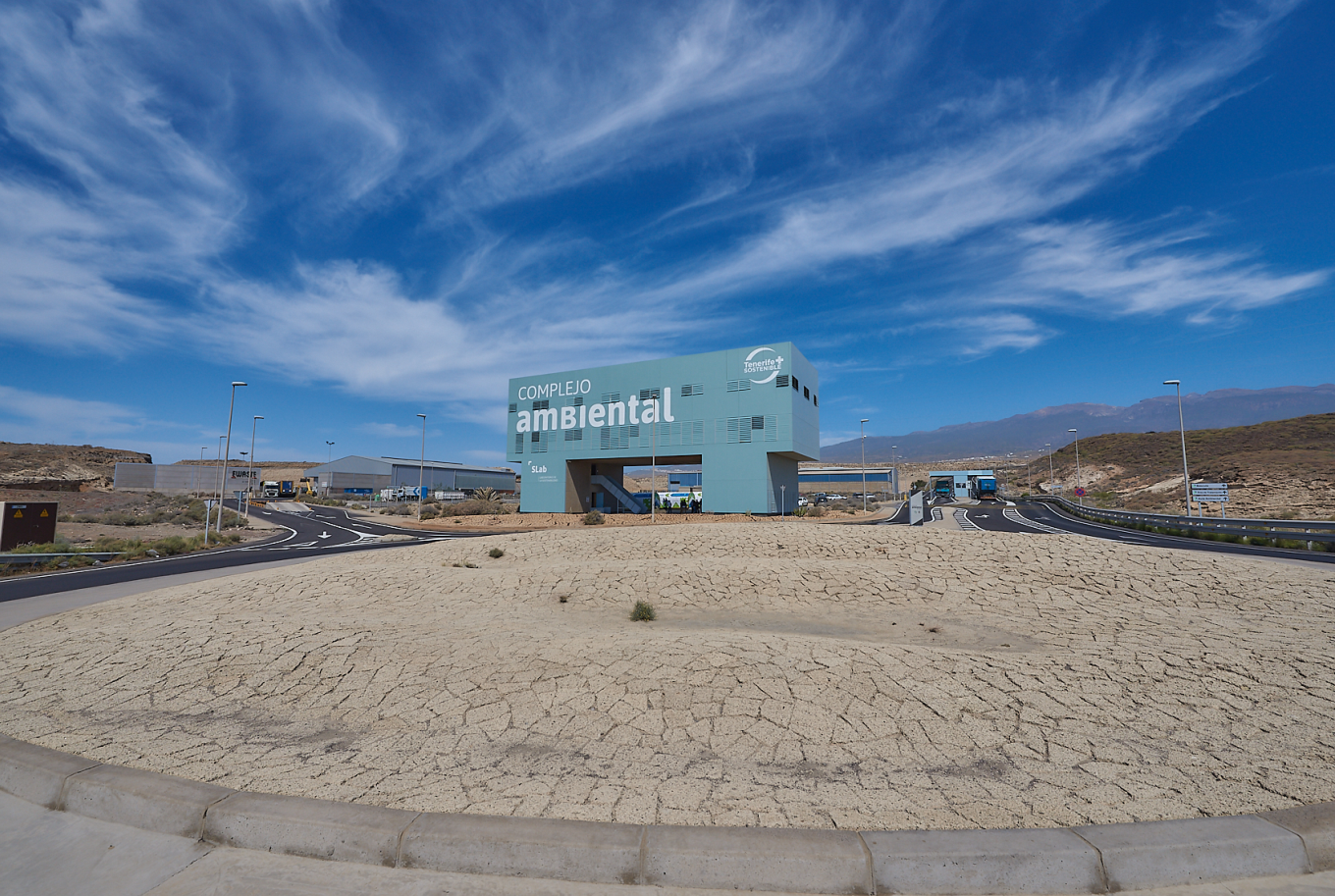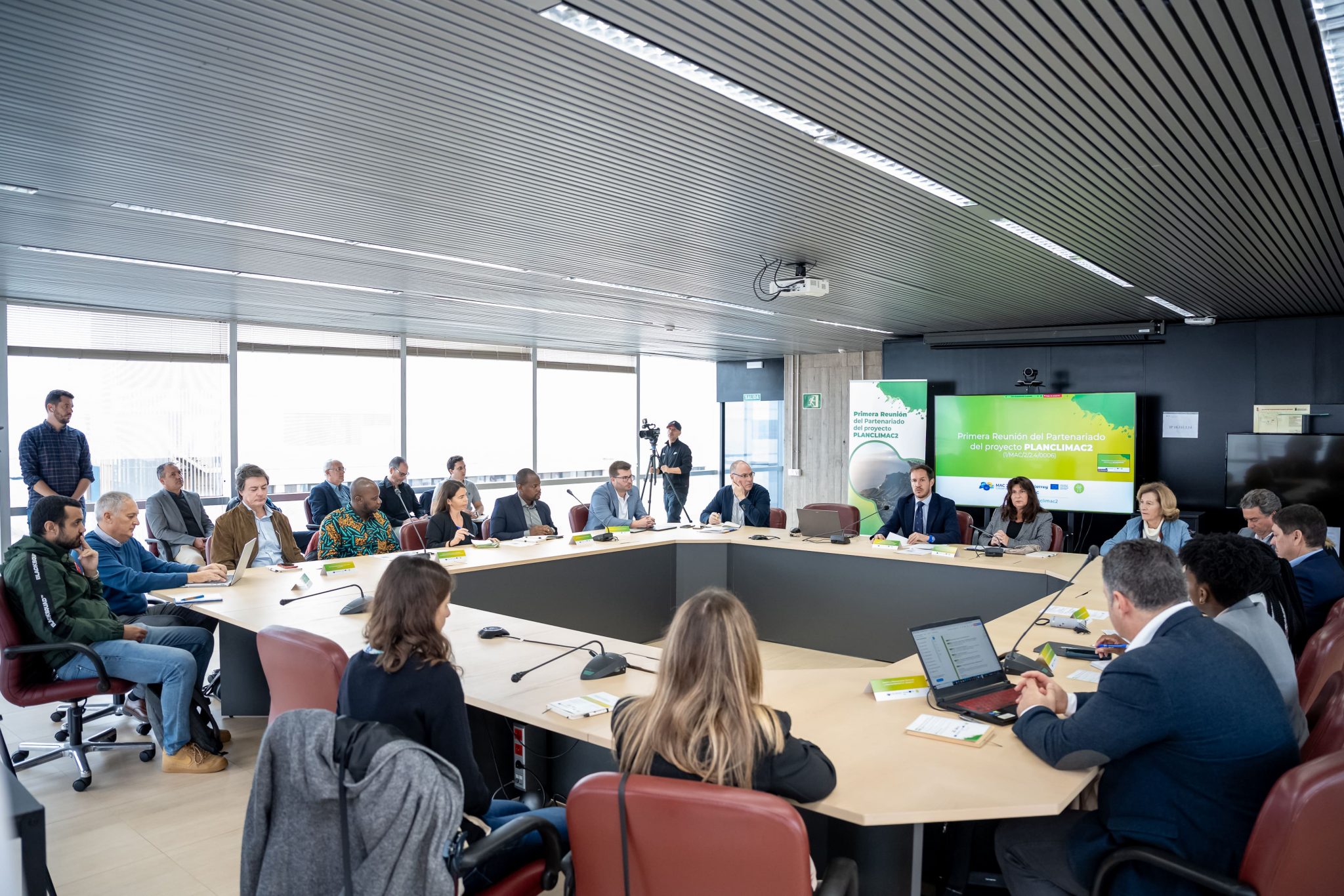There are already three Catalan landfills that have been investigated by the scientific team of the Environmental Area of ITER and Involcan.
Scientists from the Environmental Area of the Instituto Tecnológico y de Energías Renovables (ITER) and the Instituto Volcanológico de Canarias (INVOLCAN) collaborate with the Composting Research Group (GICOM) of the Department of Chemical, Biological and Environmental Engineering of the Universidad Autónoma de Barcelona (UAB) in a research project on the fugitive emission of methane (CH4) to the atmosphere in Catalan landfills, funded by the Agencia de Residuos de Catalunya (ARC) of the Generalitat de Catalunya.
During this week, a researcher of the Volcanological Institute of the Canary Islands (INVOLCAN) and scientific collaborator of the Environment Area of the Institute of Technology and Renewable Energy (ITER), Dr. María Asensio Ramos, has been working in Catalonia with Dr. Daniel González Alé, from the Composting Research Group (GICOM) of the Department of Chemical, Biological and Environmental Engineering of the Autonomous University of Barcelona (UAB), to carry out a scientific campaign to determine the fugitive emission of methane (CH4) into the atmosphere from the Castellnou de Seana landfill located in the province of Lleida.
With this work there are already three Catalan landfills that have been investigated by the scientific team of ITER-INVOLCAN. The other two studies have been carried out in the landfills of Centre de Tractament de Residus municipals d’Osona and Can Mata in Els Hostalets de Pierola, both in the province of Barcelona.


